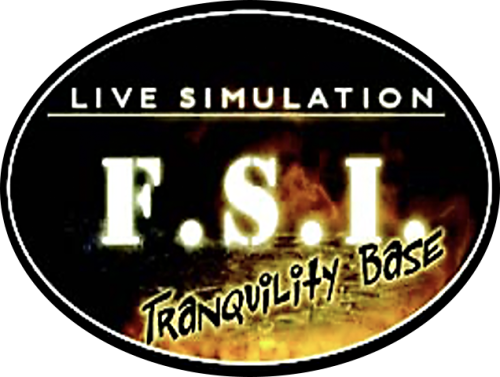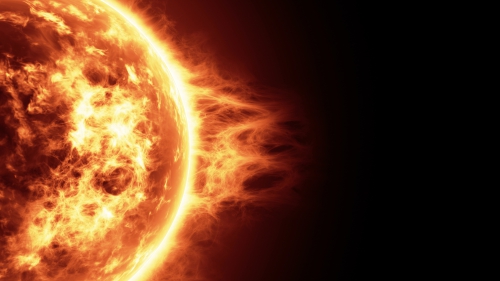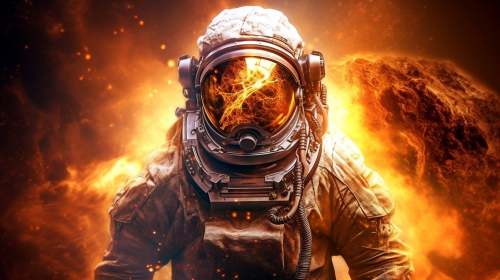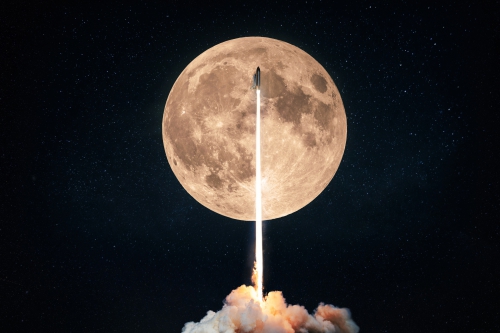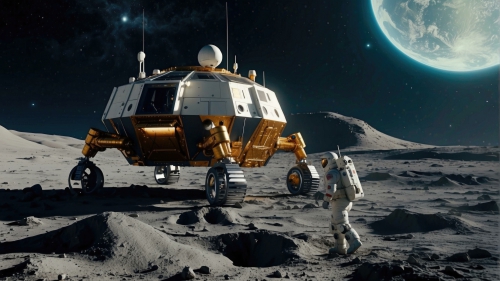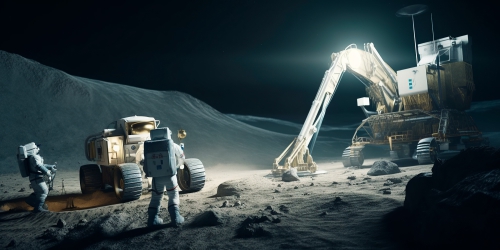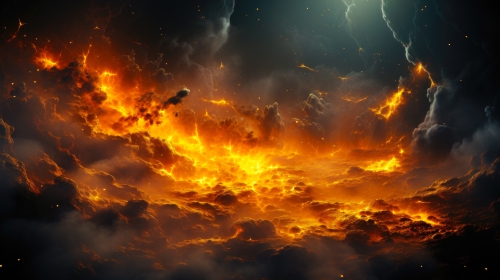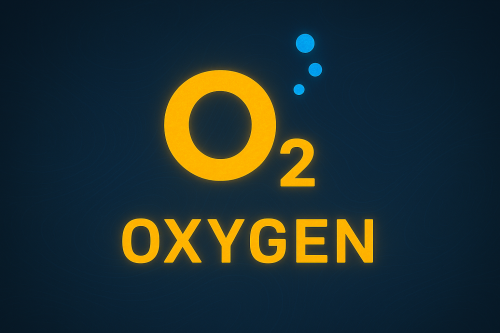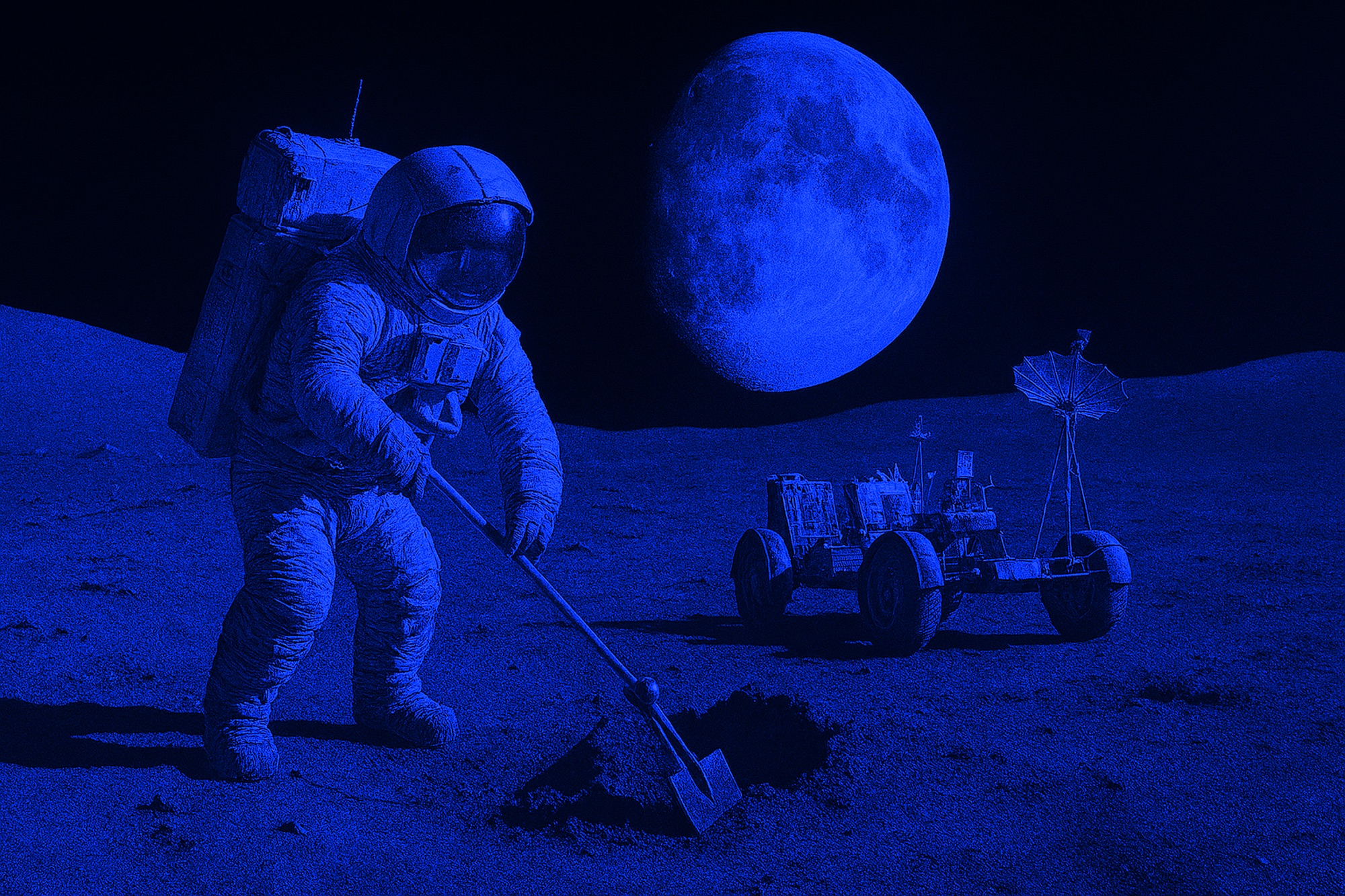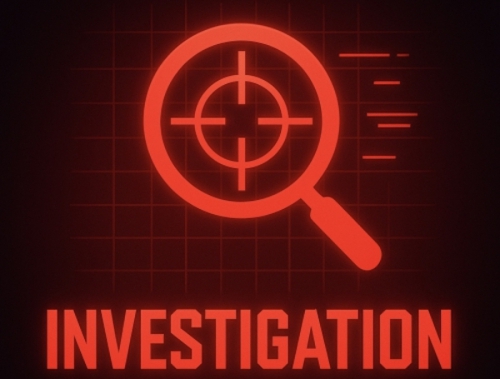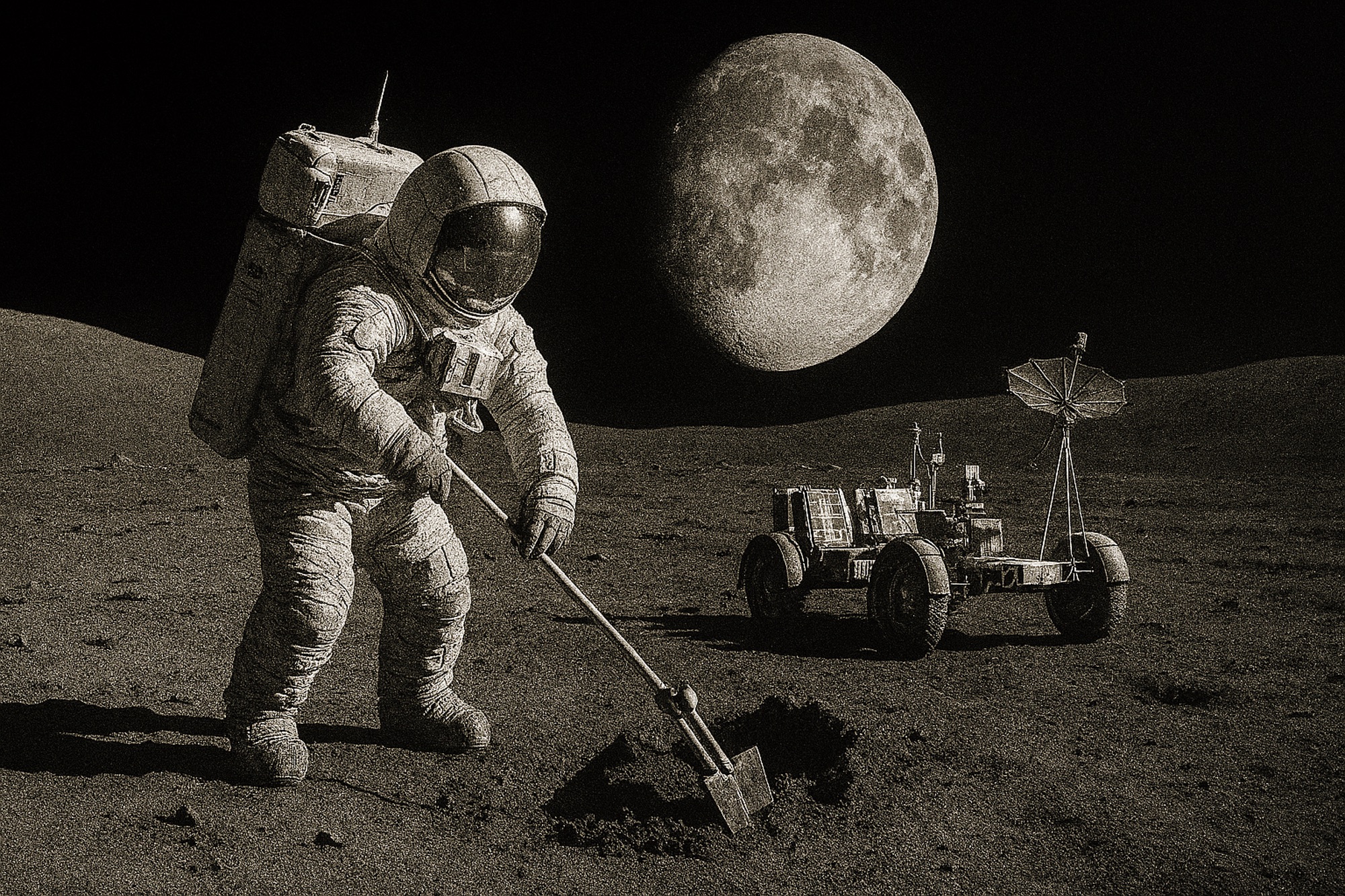
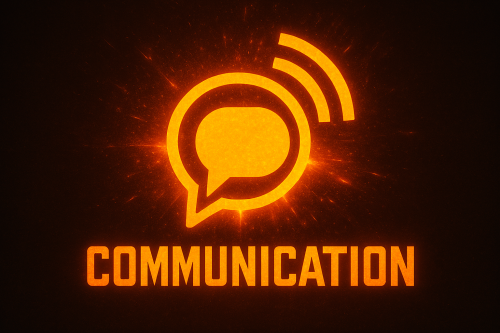
Communication
Responsible for:
- Receiving report forms from Investigation Specialists. a. Register the data received in the Communications Specialist worksheet and forward the report form to an Oxygen or Carbon Dioxide Specialist. This activity is critical to ensure the flow of information within the team. b. Report the data to Mission Control.
- Receiving report forms from Oxygen and Carbon Dioxide Specialists. a. Register the data received in the Communications Specialist worksheet. b. Report data to Mission Control verbally and/or by chat using the Communications Center.


